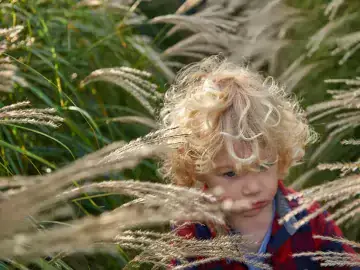
Sound mapping
Have you ever thought of all the different creatures that live around us? We can’t always see them but if we are really quiet, we may hear them. This activity provides an introduction to getting to know a space through a creative form of ‘mapping’ and connecting to nature through the senses.
This activity encourages children and young people to use their sense of hearing to make a sound map of an outdoor space, taking notice of what they can hear and where it is coming from.
Alternatively, this activity can be adapted to ‘map’ textures using our sense of touch. See the Texture mapping activity for this format. This activity also works well with 3D Model making.
Preparation
What you need
- Plain sheets of paper
- Clipboards, enough for one per person
- Pencils
Location
Outdoors
Useful guidance
Resources
Step by step
- Before heading outside, start with a simple exercise to introduce the idea of mark making: What would a loud sound look like on paper? How could you show a quiet sound? What would a long, rhythmic sound look like? Or a short sound? How can the pressure of a pencil, or different lines and shapes communicate different sounds?
- Gather your class outside, choose a space to sit down or stand quietly with your paper and pencils. Take a moment to listen to the sounds you can hear. If we are all very quiet we might be able to hear creatures outside – birds in the trees, or insects nearby. Even plants make sounds – their leaves moving in the wind. Listen out for people and human-made sounds too.
- Draw yourself in the middle of your map. Then start to draw the sounds you can hear and what direction you think they are coming from around you.
- To help you focus, try closing your eyes, or covering one ear and then then other. Do you notice different sounds if you turn your head left or right, up or down?
- You could draw pictures of what you think the sounds might be – trees, grass, insects or birds, or cars on the road. Or you could make different symbols or patterns for each sound – does it sound loud and hard, or quiet and soft? Does it have a rhythm, does it start and stop, or continue?
- To round up, open a discussion about what sounds were heard – create a tally or map back in the classroom of how dominant different sounds were - e.g. cars, a plane, birds, leaves, people, etc. Were there more natural sounds or human-made sounds noticed? Were there certain areas or directions where different sounds were heard? What does this tell us about our site?
Reflection
How did different sounds make you feel? (calm, happy, irritated, curious?) Did you notice any sounds you liked or disliked? Were there certain areas of your site that you heard more enjoyable sounds than others?
Curriculum links
This activity can be used to support curriculum knowledge and skill development in music, art, and communication and language alongside enhancing nature education, with age appropriate adaptations.
What to try next

Texture mapping
Begin activity
3D Model making
Begin activity
Write a poem
Begin activityThumbnail image: © RHS, Credit: RHS / Neil Hepworth